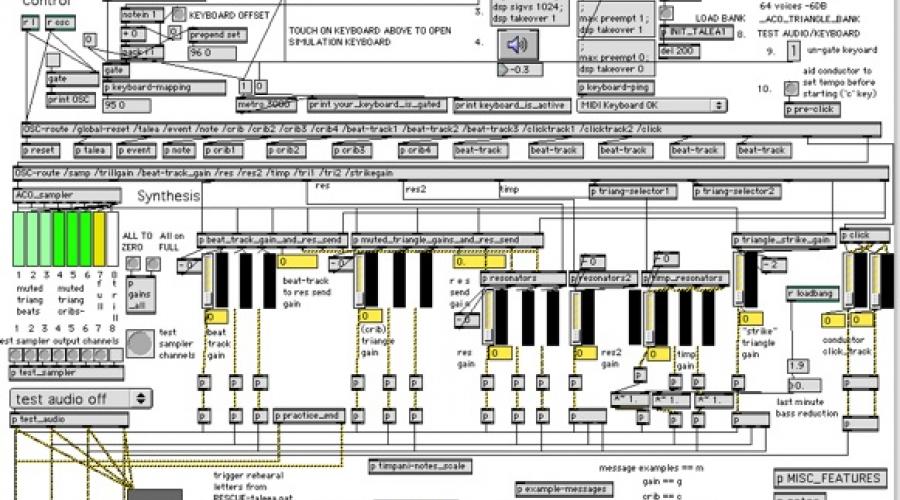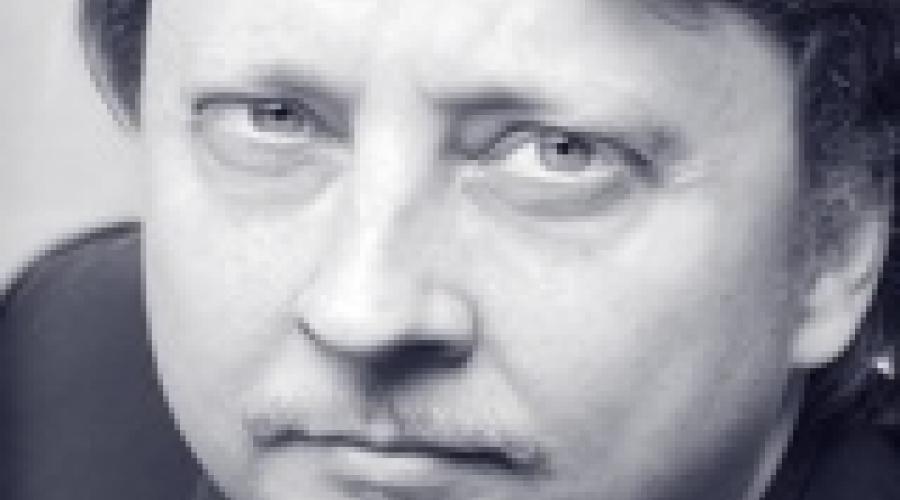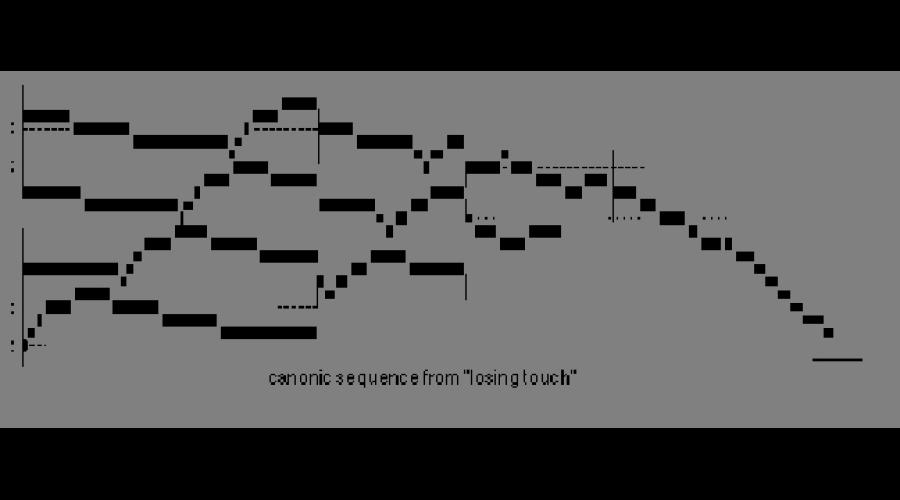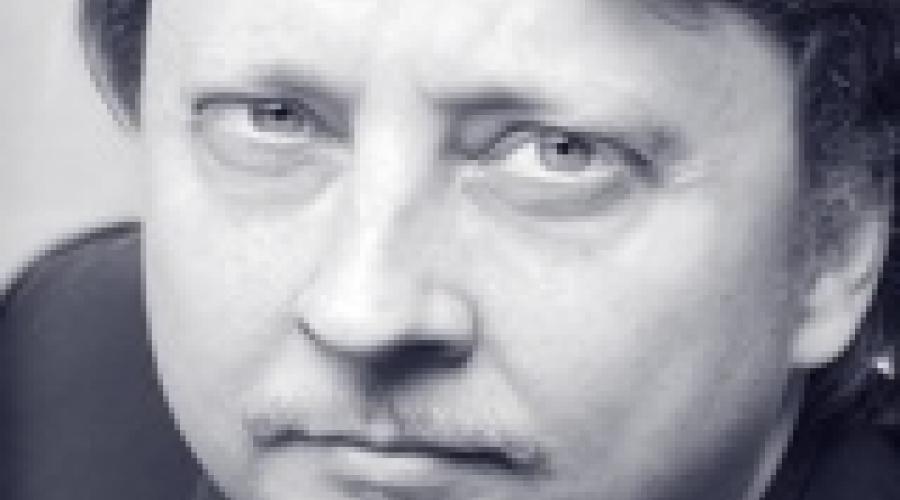Practice
Practice
For full orchestra and computer
In association with the Center for New Music and Audio Technologies (CNMAT), UC Berkeley
Selected Performance History:
American Composers Orchestra, Carnegie Hall, March 17, 2006 (premiere)
American Composers Orchestra, Annenberg Center, Philadelphia, March 18
Berkeley Symphony with Kent Nagano, June, 2006 (Full Orchestral Version)








